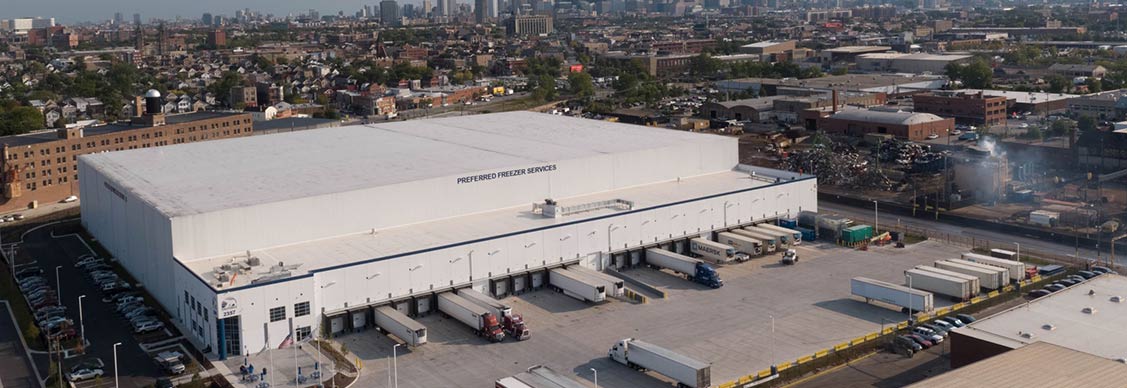How microgrids are powering greener, more resilient real estate
Decentralized and clean energy systems bring cost and environmental benefits
As cities and industries ramp up their electrification efforts, aging energy infrastructure is buckling under the growing demand.
Power disruptions and price volatility have been exacerbated by utility expansion backlogs and increasingly frequent extreme weather events, fuelling an unprecedented market for microgrids.
These decentralized energy systems integrate renewable energy sources and energy storage to supplement central utilities, enhancing grid stability and helping buildings maintain normal operations during outages.
Traditionally used to provide resilient power where local grids are unreliable, often in remote areas, microgrids are rapidly building a presence in more urban settings.
“Power demands are increasing faster than utilities can build infrastructure, and climate change is impacting the reliability of power,” says Douglas Mackenzie, Vice President, Energy Resilience at JLL. “In today’s environment, microgrids are gaining traction among owners and occupiers looking to mitigate long-term risk, meet sustainability targets, and drive profitability.”
Microgrids across industries
Military facilities have long used microgrids for energy security, with the U.S. Army aiming to install a microgrid in all its bases by 2035. Now, microgrids are being adopted across industries such as healthcare and data centres where power outages create critical situations or have a steep business cost.
“When the power goes out, our clients lose money and the welfare of our communities is threatened,” says Mackenzie. “Microgrids are one of the best tools we have to ensure the continuity of our businesses in a more volatile climate and future-proof our infrastructure for the electrification of our economy.”
For example, airports, which face millions of dollars in lost revenue when power disruptions bring operations to a halt, are now recognizing the value of microgrids. Take New York City’s JFK airport, where a planned microgrid on the New Terminal One will be the largest rooftop solar array in the city. It aims to minimize the impact of power disruptions by generating clean onsite energy that will keep the terminal functioning through grid outages and stabilize utility costs.
Falling implementation costs will continue to drive demand across other industries, with the highest forecasted growth in the commercial and industrial sector. In the U.S., the Inflation Reduction Act offers tax credits and grants for microgrid installations, spurring growth across industries.
Local incentive and grant programs are also driving growth. For example, the California Energy Commission’s Advanced Solar Emergency Microgrids Grant partially funded the installation of microgrids at eight municipal facilities in San Diego to provide energy resilience for the city’s emergency response services and support the city’s longer-term goal to run on 100% renewable power by 2035.
Driving wider sustainability initiatives
It’s not just real estate owners who are installing microgrids to better manage their own or their tenants’ energy needs. As traditional utilities providers grapple with modernizing their infrastructure, microgrids can help manage peak demand on central grids and deliver uninterrupted power to customers, deferring costly and time-intensive network upgrades.
“In addition to providing local carbon free energy, microgrids optimize electricity supply and demand to support electrification investments,” says Mackenzie. “We’re seeing a compelling value proposition for microgrids as a tool to enable electric vehicle fleet charging.”
In Montgomery County, Maryland, after extreme weather cut out local power for days, municipal leaders established a smart, microgrid-enabled bus depot that supported the electrification of its diesel fleet while also providing backup power for the community.
These resiliency and sustainability benefits are supporting the investment case for microgrids, even when local grids offer lower electricity rates, notes Mackenzie.
Their modular infrastructure also means microgrids can be scaled and updated with new advancements in renewable energy, battery storage and energy management, helping to futureproof today’s installations.
Keeping the lights on
From community resilience hubs to mid-sized hospital to university campuses to large manufacturing and industrial zones, microgrids are poised to become a common feature of tomorrow’s built environment.
“The model for power and energy infrastructure is undergoing a transformation to a decentralized state where consumers play a more active role in securing sustainable, cost effective, and resilient energy,” says Mackenzie.
Down the line, microgrids will integrate clean fuels such as green hydrogen, longer-duration energy storage and other new energy technologies that will help cement the transition underway.
“The beauty of a microgrid is that it’s shaped to the unique needs of a community and is inherently scalable,” says Mackenzie. “By incorporating various sources of energy, microgrids will continue to evolve with the most advanced carbon-free technologies.”
“As corporations make bold sustainability commitments and climate change impacts the bottom line, there is a growing need to invest in energy infrastructure that supports corporate goals and the operational needs of our businesses. Microgrids are key to building a carbon free and resilient future.”
